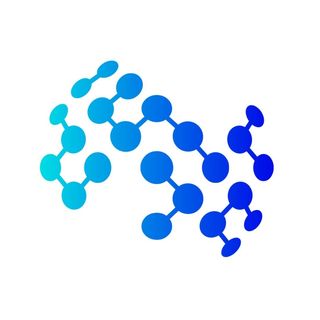SSDD: Single-Step Diffusion Decoder for Efficient Image Tokenization
Tokenizers are a key component of state-of-the-art generative image models, extracting the most important features from the signal while reducing data dimension and redundancy. Most current tokenizers are based on KL-regularized variational autoencoders (KL-VAE), trained with reconstruction, perceptual and adversarial losses. Diffusion decoders have been proposed as a more principled alternative to model the distribution over images conditioned on the latent. However, matching the performance of KL-VAE still requires adversarial losses, as well as a higher decoding time due to iterative sampling. To address these limitations, we introduce a new pixel diffusion decoder architecture for improved scaling and training stability, benefiting from transformer components and GAN-free training. We use distillation to replicate the performance of the diffusion decoder in an efficient single-step decoder. This makes SSDD the first diffusion decoder optimized for single-step reconstruction trained without adversarial losses, reaching higher reconstruction quality and faster sampling than KL-VAE. In particular, SSDD improves reconstruction FID from 0.87 to 0.50 with 1.4times higher throughput and preserve generation quality of DiTs with 3.8times faster sampling. As such, SSDD can be used as a drop-in replacement for KL-VAE, and for building higher-quality and faster generative models.








